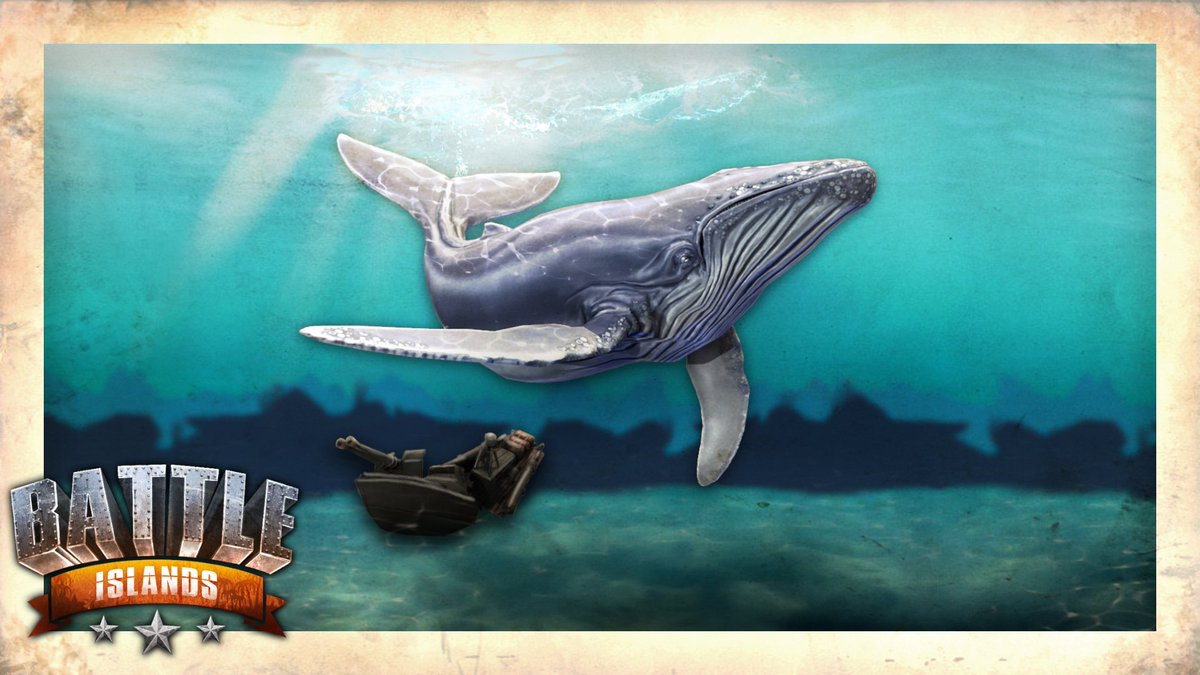

The importance of lighthouses and fog signals is diminished today since instruments like radar and GPS have supplanted the navigator’s toolkit.
How to color your name battle islands windows#
In 1977, a year before Bert first reported for duty, a powerful three-day, 80-mph (130-kph) blow washed over the tower and broke windows 117 feet above the lake, extinguishing the light and tearing loose the tanks again they’ve since been re-secured behind a formidable dike. It was two days before Keeper John Joiner could get him to the hospital in Terrace Bay. Assistant Keeper William Hubelit lost a finger to a slamming door when a wave swept through the engine room. In 1971, huge waves struck the tower and lifted oil tanks off their cradles. His wife served for the remainder of that shipping season.īert told us how persistent storms have taken their toll over the 132 years of the lighthouse’s vigilance. It was 1932 that brought Battle Island’s only fatality, the drowning of Keeper Malcolm Sutherland in August.

Rossport, originally called McKay’s Harbour, was renamed in 1884 for a CPR construction supervisor. McKay’s isolation was eased by frequent visits by mainland friends who brought picnics, music, games and fishing parties to the island. Another time he rowed-sailed to Port Arthur (now part of Thunder Bay), about 80 miles (130 kilometres), again mainly in unprotected water. He arrived on Christmas Eve but was impeded by ice when he tried to land. He once left the island in early December, rowing-sailing almost 300 miles (482 kilometres) to his family home in Sault Ste.

McKay’s long tenure provides many enduring chapters among north shore legends. McKay was awarded the Imperial Service Medal by King George V for his faithful attention to duty. Bert recounted how McKay served on Battle Island 36 years, long enough to see construction of a new tower in 1911, but retiring shortly before a duplex keepers’ house and fog horn building were completed in 1915. The crew escaped, but the boat didn’t.īert told us Ontario’s boilers are still on the island and its sunken remains are frequently visited by recreational divers.īattle Island’s first official keeper, Charles McKay, was on duty during that storm. The 181-foot (55-metre) Canadian steamer Ontario grounded on the eastern tip of the island. It was built in 1877 to guide vessels into Wilson and Simpson channels on their way to Nipigon Bay.īut the light couldn’t penetrate a summer snowstorm on August 10, 1899. It doesn’t seem likely, as a route closer to the mainland would appear to be shorter and safer, but it has the name just the same.īattle Island Lighthouse is the northernmost on the Great Lakes. No one knows for sure that this island was the actual scene of the fighting. Records of the encounter are obscure, but today’s only “memorial” to the skirmish is Battle Island, about 7 miles (11.2 kilometres) south of Rossport. On the way, the local Ojibway, sympathetic with the plight of the western Métis, fired on the troops from one of the islands. This meant that the soldiers had to march on the ice from Jackfish to Rossport. Troops were transported on the new Canadian Pacific Railway, except for a short stretch north of Lake Superior, which wouldn’t be completed until November 3 that year. The Canadian government sent a militia from eastern Canada to help the North-West Mounted Police suppress the disturbance. The island’s name has its unlikely beginning west in Saskatchewan, where the North-West Rebellion, an uprising of Métis people led by Louis Riel, started in the spring of 1885. Since then, I’ve picked up other tales of Battle Island, like how the island got its name. He offered us a tour as well as many stories for our log. When my wife, Donna, and I anchored our 31-foot cruiser Keeper in the cove on the north side of the island in 1993, Bert was there to welcome us. Since then Bert has moved from his Thunder Bay home to Battle Island every summer as a volunteer caretaker and interpreter. He was the last keeper at Battle Island light and may have been the last keeper to serve anywhere on Lake Superior, officially retiring in November 1991 after the light was automated.

Lighthouse Keeper Bert Saasto enjoys telling visitors stories from his collection of Battle Island tales. He intends to be there again to greet boaters and kayakers this coming summer. It is a curiously named place - Battle Island - with a colorful history and an equally colorful character who once officially served as its lighthouse keeper and still continues, at age 72, to welcome summer visitors to the Ontario island.


 0 kommentar(er)
0 kommentar(er)
